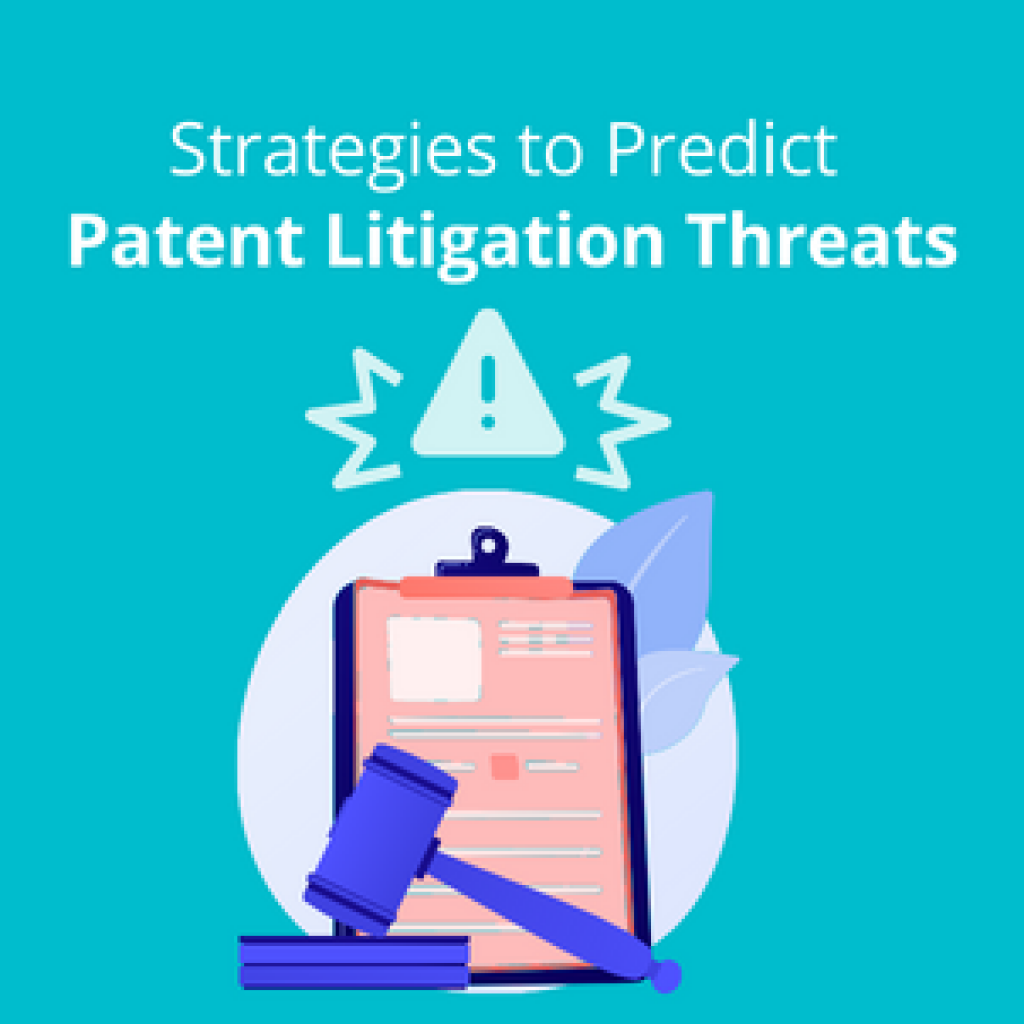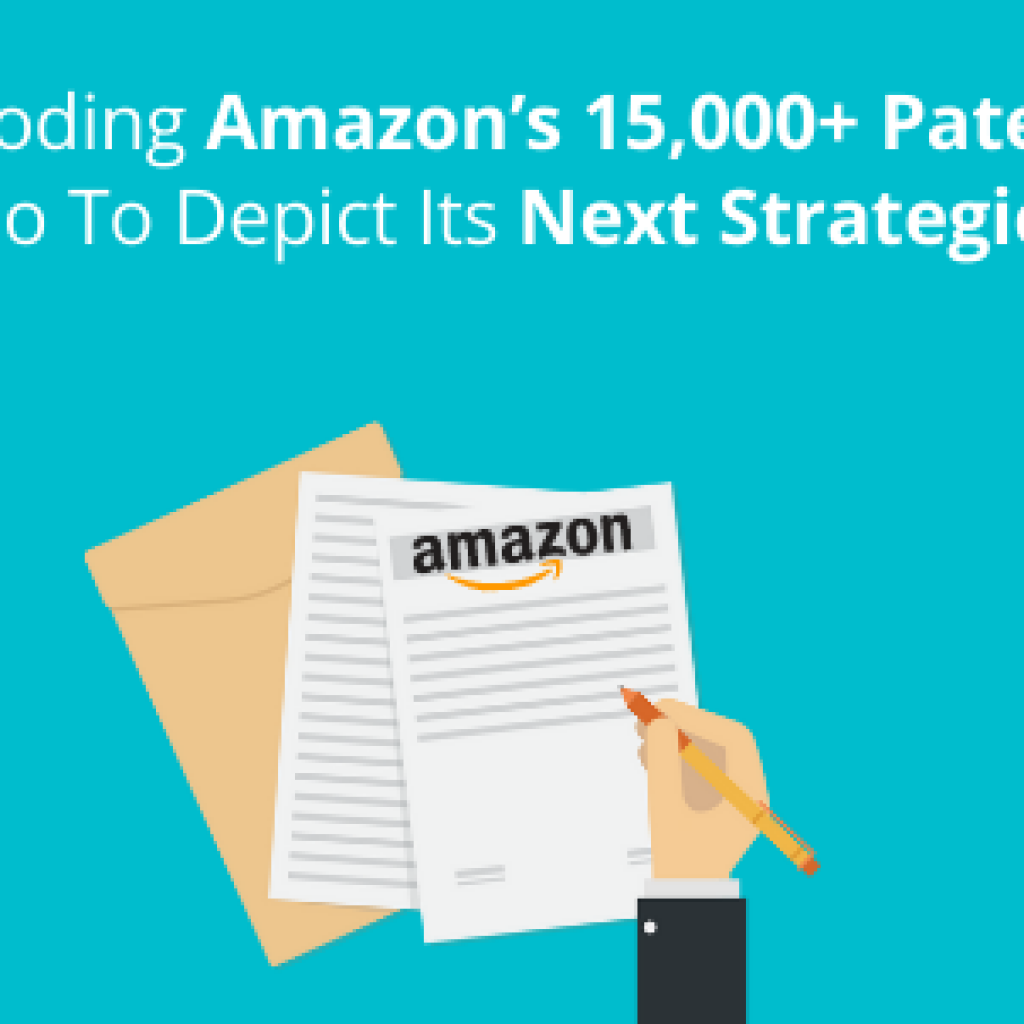In the US, litigation costs anywhere around USD 3-4 Million, with damages awarded, on an average being 8.9 Million USD. The largest patent infringement award to date is $2.54 billion. As I was reading through these figures, I had albeit one question in mind — How is the amount of damages calculated in a patent infringement?
How exactly do they come up with a number? The court couldn’t just order the defendant to pay a random royalty, so was there any particular method or formula used by the courts to determine the cost of patent infringement?
Curious, I decided to do some research to find answers to these questions. Here’s what I found –
The courts absolutely follow one methodology or another to determine the damages for patent infringement. In the US, there are two basic methodologies followed by the court to determine the cost. But before we explore them in detail, let us have a look at the law applicable to patent damages and familiarize ourselves with a couple of terms.
Section 284 of the Patent Statute (35 U.S. Code § 284) envisages that a patentee is entitled to damages which are adequate to compensate for any kind of infringement of his patents and that said compensation cannot be less than a reasonable royalty for the use made of the invention by the infringer.
In other words, if there was no pending litigation between the patent holder and the infringer, but had they agreed to an agreement, then the minimum compensation which can be awarded to a patent holder is the royalty which both the defendant and the infringer should actually have agreed upon. This compensation is based on “lost profits”.
Whereas, in those scenarios, where a patent holder cannot prove actual damages to his income or sale of an infringed product (i.e. in cases of indirect infringement), the patent holder is entitled to damages for all those sales which are infringing to the patent under the category of “non-lost profits”. This compensation is termed “reasonable royalty” damages.
Related Read: This 3 step approach could help identify products infringing your patent.
Now that we have understood the basic expressions, let us have a look at the methodologies for determining damages.
Methodologies Followed by US Courts to Determine Damages
There are two basic methodologies followed by the Courts for calculating the patent damages, namely: Georgia-Pacific Hypothetical Negotiation and Analytical Approach.
Let’s have a look at each of them.
1. Georgia-Pacific Hypothetical Negotiation
This methodology – Georgia-Pacific Hypothetical Negotiation stemmed from the matter of Georgia-Pacific Corp. v. United States Plywood Corp., 318 F. Supp. 1116 (S.D.N.Y. 1970). In this case, the Court devised a method for computation of reasonable royalty damages. It was held that a “hypothetical negotiation” between a “willing licensor” (the patent holder) and a “willing licensee” (the infringer), at the time the infringement began, may be used to determine reasonable royalty damages. In this matter, 15 factors were described for consideration in case of patent infringement.
Using this methodology, a percentage of royalty rate is formulated, which is then multiplied by the dollar amount of infringing sales to calculate the dollar amount of “reasonable royalty” damages in litigation. It is pertinent to note that in this methodology, it is assumed that at the time of the hypothetical negotiation, both the parties agreed that the patent is valid and infringed.
The 15 Georgia-Pacific factors are as under:
- The royalties received by the patent holder for the licensing of the patent-in-suit, proving or tending to prove an established royalty;
- The rates paid by the licensee for the use of other patents comparable to the patent-in-suit;
- The nature and scope of the license, as exclusive or non-exclusive, or as restricted or non-restricted in terms of territory or with respect to whom the manufactured product may be sold;
- The licensor’s established policy and marketing program to maintain its patent monopoly by not licensing others to use the invention or by granting licenses under special conditions designed to preserve that monopoly;
- The commercial relationship between the licensor and the licensee, such as whether they are competitors in the same territory in the same line of business, or whether they are inventor and promoter;
- The effect of selling the patented specialty in promoting sales of other products of the licensee; the existing value of the invention to the licensor as a generator of sales of its non-patented items; and the extent of such derivative or convoyed sales;
- The duration of the patent and the term of the license;
- The established profitability of the product made under the patent; its commercial success; and its current popularity;
- The utility and advantages of the patent property over the old modes or devices, if any, that had been used for working out similar results;
- The nature of the patented invention; the character of the commercial embodiment of it as owned and produced by the licensor; and the benefits to those who have used the invention;
- The extent to which the infringer has made use of the invention, and any evidence probative of the value of that use;
- The portion of the profit or of the selling price that may be customary in the particular business or in comparable businesses to allow for the use of the invention or analogous inventions;
- The portion of the realizable profit that should be credited to the invention as distinguished from non-patented elements, the manufacturing process, business risks, or significant features or improvements added by the infringer;
- The opinion testimony of qualified experts; and
- The amount that a licensor (patent holder) and a licensee (infringer) would have agreed upon if both had been reasonably and voluntarily trying to reach an agreement.
2. Analytical Approach
Under this method, there is no assumption of negotiation between the patent holder and the infringer. It calculates damages based on the internal profit projections of the infringer for the infringing product at the time the infringement started. Subsequently, the projected profit is proportioned between the parties as a percentage of sales. The percentage of the patent holder is then applied to the sales in dollars for the actual infringing sales to determine the reasonable royalty damages.
This method was developed in the matter of TWM Manufacturing Co. v. Dura Corp., 789 F. 2d 895 (Fed. Cir. 1986), wherein the infringer had issued an internal memo before the infringement began projecting a gross profit of about 50% for each infringing sale, which further projected net profit to be about 40% of the anticipated sales price. As the standard industry net profit, then was about 10% of the sales price, the special master awarded the patent holder a reasonable royalty damages rate of the difference – 30%. This rate was then applied to the infringer’s actual sales figures to calculate the reasonable royalty damages.
Other Patent Infringement Damages Rewarded to Plaintiff
With the increase in the number of patent infringement litigation matters, the courts have designed various supplementary rules that have been incorporated to reach a compensation amount. These additions include but are not limited to the likes of:
- ‘Rule of thumb’ or ‘25% rule’ – the patent holder must be paid 25% of gross profit before taxes as the reasonable amount of royalty by the licensee,
- ‘Willful infringement’ – intentional or knowing infringement by the infringer,
- ‘Comparable licenses’ – reasonable royalties are determined on the basis of “comparable” or similar patent licenses, with suitable adjustments made to these comparable licenses in order to determine reasonable royalties for the patents in the litigation.
These additional rules are used in some cases and rejected in a few. It’s also important to note that rules keep changing every year. Additionally, other developments like patent eligibility after the Alice case, pleading standards, recovery of Attorney’s fees, and similar requirements have introduced radical changes in the amounts of compensation of patent infringement litigation. Now which ones are applicable in a particular case and which ones aren’t are best determined by the patent attorney working on the case.
Related Read: These 77 cases could help identify abstract ideas post Alice. Download whitepaper by filling the form below:

Conclusion
Despite all the rules and developments in place, there is no single mathematical formula or computation yet which can be used to describe the quantum of an award in a patent infringement litigation. Ultimately, the short answer to the long question – How exactly are patent infringement damages determined? is “It depends – on a lot of factors.”
Suggested Read: How to determine Patent Infringement for Circuit-Based Patents?










